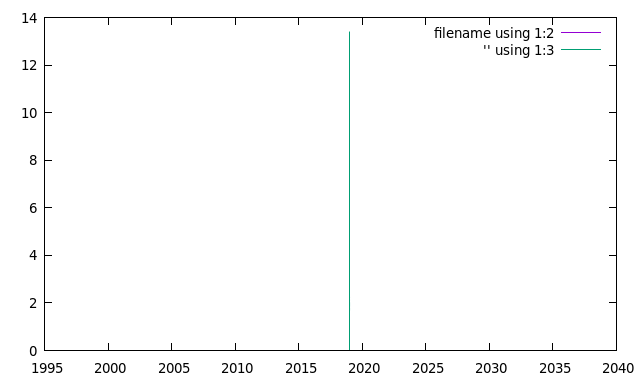


But more importantly, and if we are at the "philosophy" anyway, it is completely unclear (at least, to me) what constitutes plotting: just placing the curves, points and dots on an empty canvas, and writing a couple of labels for the axes, or this and the choice of the curves, points and dots, and "cleaning" up the data. And pipes can only be used on Linux/Unix-type systems, thus, the platform independence of gnuplot is lost. Furthermore, it will always cause some trouble (at least, in my experience) when the data analysis is not done from gnuplot, for one can never be sure how and on which version of the analysed data file the figure was based. Now, there are at least two problems that I see with this approach: one is that some data analysis are really simple, and it is not clear, why one should use a separate tool for that. (Although, if you do that, then why would you be using gnuplot in the first place?) And I have also read somewhere that gnuplot conforms with the Unix philosophy, "one task - one tool", and we should not do any data processing with it. Of course, if you want to analyse your data, then you can either use a dedicated script, written in a far better-fit language, e.g., in Perl or in gawk, or you can do the whole thing in a tabular environment, using Excel or Origin, or Grace, or Labplot. In this section, I would like to discuss how we can do some very rudimentary data analysis, using gnuplot. Basic data analysis Plotting the recession - some basic data analysis with gnuplot


 0 kommentar(er)
0 kommentar(er)
